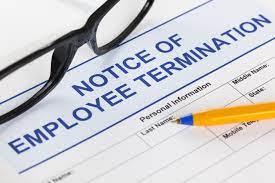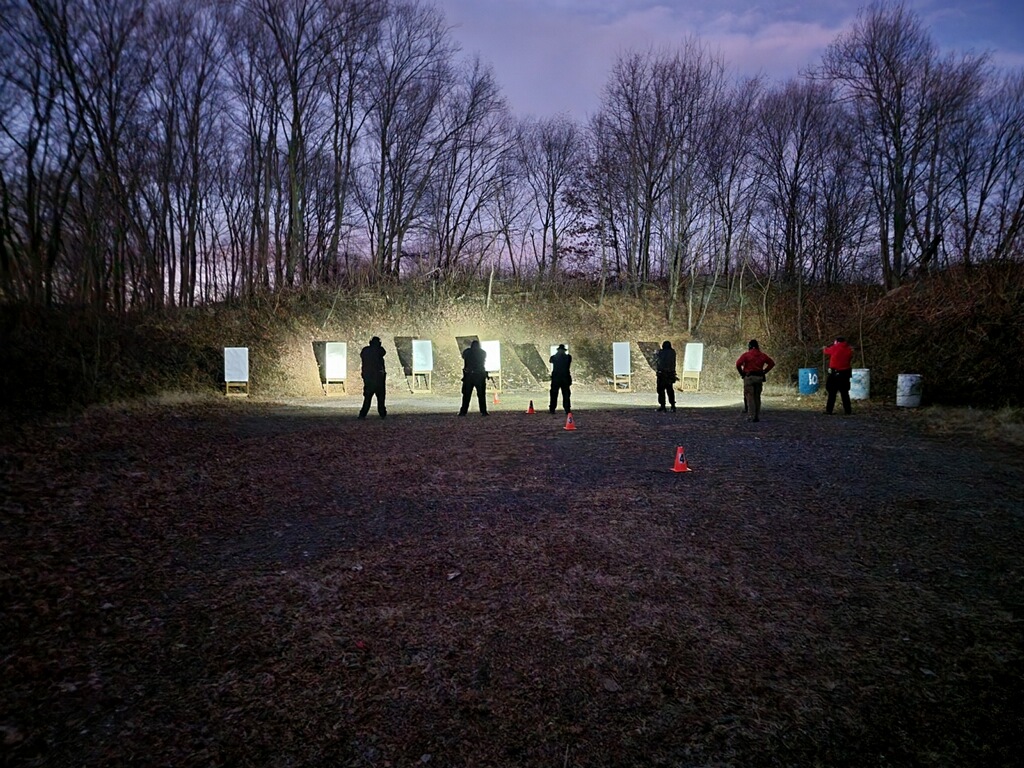The Complete Guide to Keeping Patients, Visitors, and Staff Safe at Your Hospital
January 17, 2023
Hospitals are where we go to heal and recover, but even these helpful spaces can include security risks if a hospital isn’t adequately prepared. Whether you are a Chief Operating Officer or a nurse, every single position in a hospital plays a key role in the safety of those within it.
Patients, visitors, and staff can all face risks to their well-being and personal safety when they enter a hospital. Fortunately, with the right hospital security measures, you can keep the people in your hospital safe day or night.
Hospital Safety and Emergency Preparedness
For a hospital, there are many different threats to safety. Being able to adequately identify these threats and making dedicated plans to mitigate any risks can define the experiences shared by those in your hospital. From standard emergency threats to bad actors that might be entering your hospital with ill intent, there are always risks. Hospitals and their staff must remain on high alert to ensure the safety of everyone on the property. People expect to be safe at hospitals, and effective safety planning makes it possible.
Identifying Common Threats to Hospitals
Hospitals are a unique blend of the public and staff, and everyone who walks through these doors will face their own risks and challenges. However, there are a few common threats to hospitals that staff will need to look out for.
Criminals
We often think of hospitals as safe places where people can recover after being victims of criminal activity, but hospitals can offer a unique draw for criminals too. Since hospitals often have access to expensive equipment and powerful drugs and chemicals, some criminals see dollar signs when they walk through the door.
From petty theft all the way to organized human trafficking, criminal activity happens in hospitals every day. Ensuring that staff and any security personnel know exactly how to spot potential criminal behavior can save lives and money.
Disgruntled Staff, Patients, or Visitors
At hospitals, trained professionals work to save lives and promote healing, but it isn’t always a positive space. Hospital staff is frequently exposed to high-intensity situations that can have negative impacts on mental health. Patients can sometimes be dangerous and pose risks to themselves, as well as staff. Visitors, in particular, pose an unexpected external threat that can be risky for both patients and staff when they walk through the door. It is important to remember that anyone can enter a hospital with negative intent, which means it is crucial to be prepared.
Emergencies
Although a hospital is the kind of place that we visit after an emergency, hospitals can be exposed to emergency situations themselves. From inclement weather and natural disasters to unexpected risks from the surrounding area, hospitals can face unexpected challenges and risks at a moment’s notice. Having clear procedures can determine how these emergencies play out.
Keeping Everyone in Your Hospital Safe
Managing the safety of everyone in your hospital is a process that requires clear and dedicated planning. To ensure the protection of anyone who enters your hospital, there needs to be an understanding of potential threats and how to respond should they be identified. Hospital security plans must focus on general factors, as well as circumstances that are specific to those who enter the property.
General Safety
Every hospital should be using security measures that ensure the general safety of anyone who enters the property. This means taking the time to plan for emergencies, knowing who is on the property, and being able to look back at an incident if something goes wrong. Hospital security starts with general planning and gets more focused from there.
General Safety Measures Include:
- On-Site Security Personnel
- Emergency Planning and Preparedness (Fires, Natural Disasters, External Risks)
- Surveillance and Recordkeeping
- Emergency Exits and Clearly Defined Exit Paths
- Entry Tracking
- Accessible Reporting Channels
Staff Safety
Hospital staff are some of the most driven and compassionate people in the world, and these individuals save lives daily. It is important to have security measures in place to ensure the protection of these frontline defenders, whether they are working with a patient or resting in a breakroom.
Protocols for Disgruntled Patients and Visitors
Patients enter hospitals for care, but some of them can be a risk themselves–and so can their visitors. People in emergency situations or who are recovering from something traumatic can sometimes be unpredictable. Unfortunately, this unpredictability can place staff at risk. It is important to have security processes to ensure the physical safety of staff while they do their jobs.
Clear Security Procedures
Staff plays a crucial role in emergency situations, often transitioning to an entirely new focus on saving lives. For this reason, it is imperative that all hospital staff be adequately trained on security protocols that help them to identify, report, and even manage security risks as they arise. Emergency drills can also be used to help staff feel more confident and prepared when something actually goes wrong.
Secure Staff Areas
There are few places with more motion and activity than hospitals. It is common to see any number of people walking around the winding halls of a hospital, but there are some places where only staff should be. Having secure rooms for medications, breakrooms, and other key areas can help staff to recognize when someone isn’t where they should be.
Visitor Safety
Visiting someone in the hospital can be deeply traumatic and generally makes most of us fairly uneasy–even when we receive good news. Maintaining the safety of visitors includes offering guidance and privacy to cope with unexpected and unfortunate outcomes.
Defined Entry Processes
Following an emergency, hospital visitors can find themselves distressed and unable to think clearly. Unfortunately, this can lead to outbursts caused by fear and panic–and it can often start when visitors walk through the door and don’t know where to go. Making sure that someone is there to greet visitors and help guide them to the right area can limit wandering in the hospital and help to maintain a sense of calm during difficult times.
Private Areas
People react in different ways in response to bad news and trauma. For many unfortunate visitors, this can lead to outbursts. No one wants to escort a grieving relative from a hospital, but it can happen when people place the peace and safety of a hospital at risk.
Having secure, private areas where relatives can process their emotions can help to ensure peace and calm, even during challenging times. It also makes it easier for staff to identify when someone needs a moment or when someone needs to be escorted from the premises.
Patient Safety
Hospitals are responsible for the care and safety of their patients. While hospital staff often focus on physical well-being and health in response to a medical situation, there are other risks that patients can face on the property. Sometimes, the actions that staff take after a patient is starting to heal can be even more life-saving than the treatments themselves.
Guarding and Protection
There are some patients that enter a hospital and are considered at risk. When this happens, it is very important to ensure that these patients are adequately protected. Placing a guard or offering additional protective efforts can help to keep patients safe, even when trouble comes knocking. Adding these protocols can even help patients to have a more positive experience.
Incident Reporting
Every day, people have completely normal reasons to end up at the hospital–but some incidents are no accident. In many cases, people who end up in hospitals are at even more risk when they leave. Incident reporting can help to mitigate this.
When a patient has the ability to report an incident in a well-defined and secure way, it makes it much easier for them to do so. Hospitals that ensure that patients have resources and can tell staff when they are at risk can save lives–and helps to protect hospitals from negative press and public scrutiny too.
Common Incidents for Reporting:
- Child Abuse
- Domestic Abuse
- Criminal Activity
- Abuse by Staff Members
Visitor Approval
When you end up in the hospital, chances are that you want those who love you to be present to support you. Unfortunately, not every visitor is welcomed in by the patient they show up to see. Allowing patients to approve visitors can have a huge impact on their personal safety. Sometimes, the people who show up might be a threat or may cause unnecessary distress. Staff should be prepared to advocate for patients and help them to only see those who they feel comfortable seeing, if possible.
Human Trafficking Training
Hospitals help people, and that can sometimes go well beyond providing medical care. All around the world, hospitals interact with human trafficking victims on a regular basis. However, the sad truth is that they do not always know when these individuals come in for treatment.
Human trafficking training can offer crucial support for vulnerable victims and help to stop dangerous criminal activity too. Giving your staff the tools to identify common indicators of human trafficking, as well as the procedures to follow when it is suspected or identified, can protect the health of patients today and in the future.
Improve Your Hospital Security with Expert Planning
Managing a hospital is not easy, but when it is done correctly, it saves and changes lives. Focusing on security and the protocols that can be used to ensure safety for every person on the premise can help hospitals to act as the safe spaces that they are meant to be.
To learn how you can refine your security protocols and create customized plans to respond to every threat the moment it arises, you need insights and planning from trained experts in security. At Valentis, we help to keep hospitals, staff, patients, and visitors safe through proven strategies and dedicated training. Contact us today to learn how we can help you to protect the people in your hospital!




